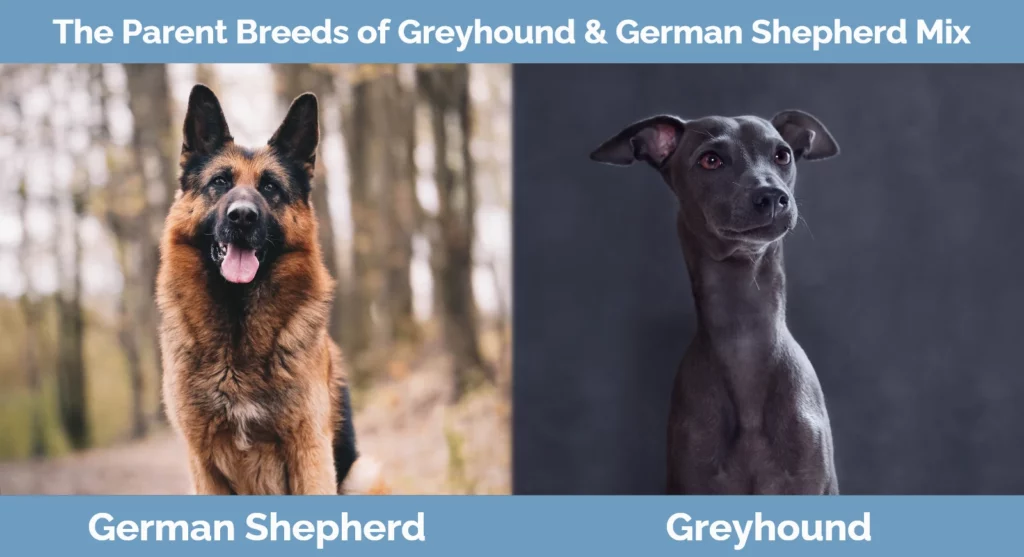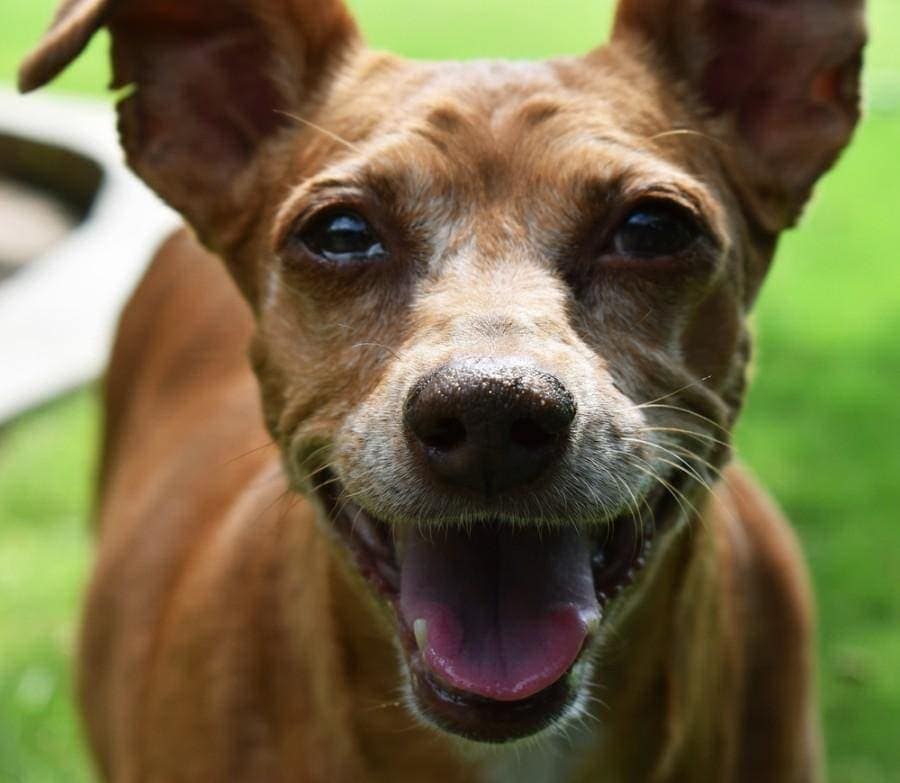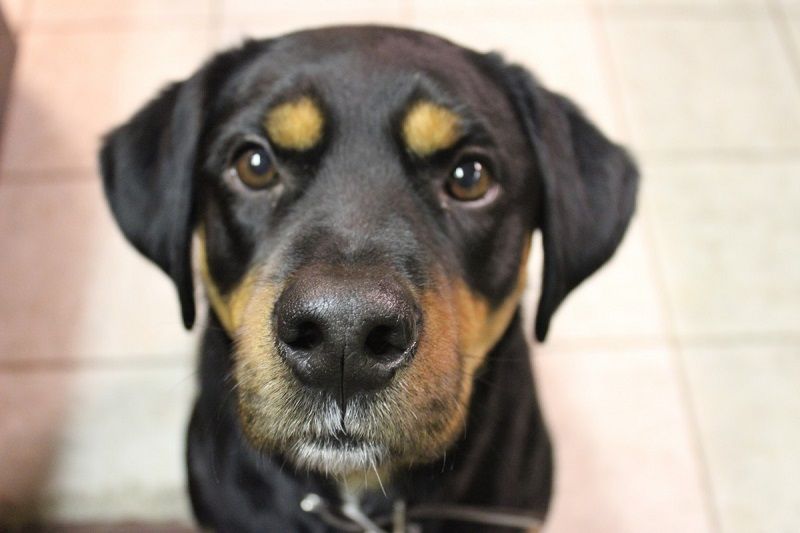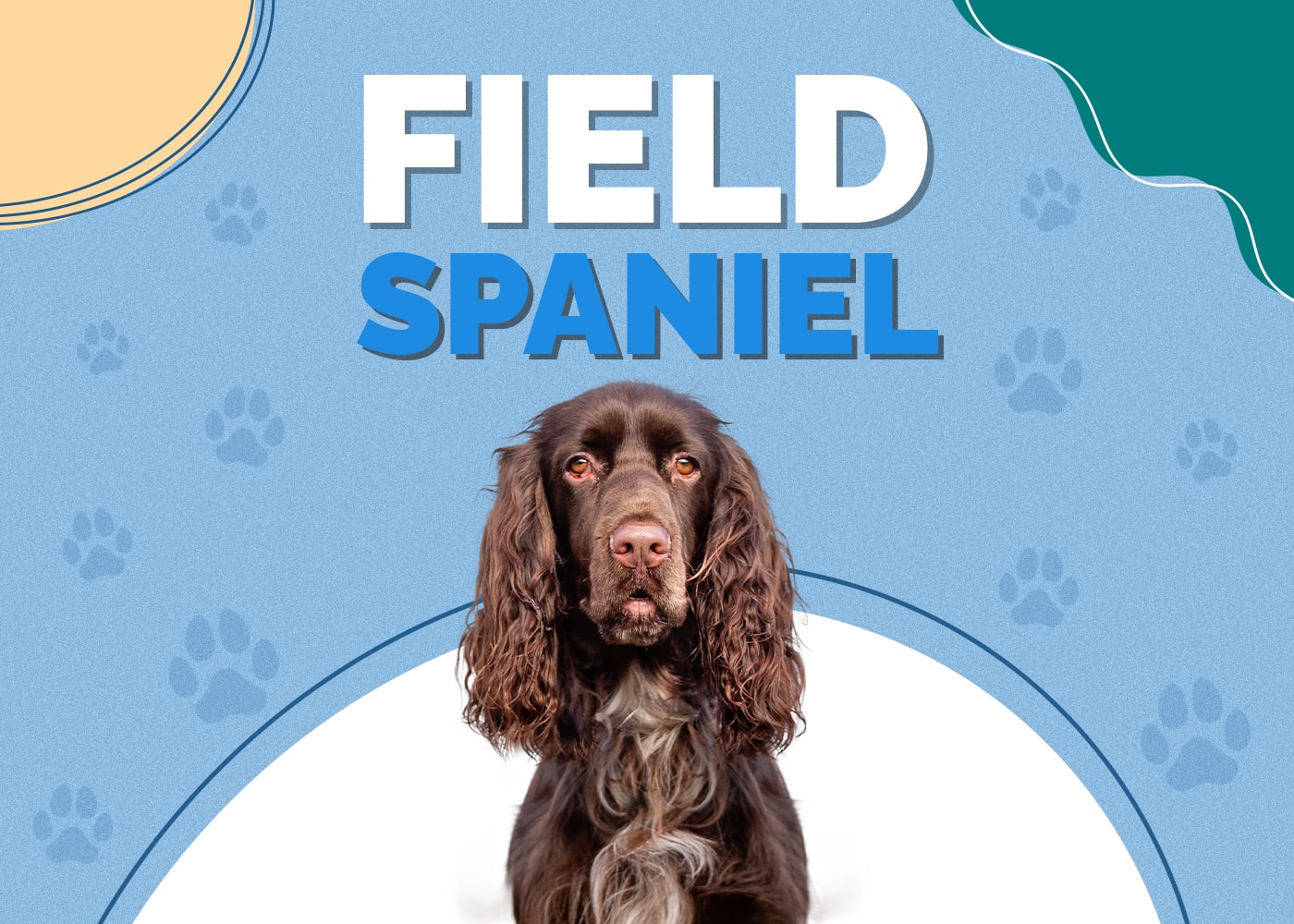Greyhound & German Shepherd Mix: Info, Pictures, Personality

Updated on

Height:
25 to 30 inches
Weight:
50 to 110 pounds
Lifespan:
10 to 13 years
Colors:
Black, brown, brindle, blue, red, fawn
Suitable for:
Active homes, families with older children, homes with multiple dogs, experienced dog owners
Temperament:
Affectionate, friendly, gets along with other pets
If this is the first time you are hearing about the Greyhound German Shepherd mix, then you are in for a fun treat! The Greyhound German Shepherd mix is a wonderful crossbreed of a Greyhound (a regal zoomer) and a German Shepherd (a stately cutie). If you don’t feel like calling them by their full name, there are a few nicknames commonly used for this breed:
- German Greyhound
- Greyhound Shep
- Shep-a-Grey
- Shephound
- Best Friend
These dogs were crossbred to either be hunters or herders. It seems that the original crossbreeders were a little ambiguous about what they wanted from this breed, and as a result, when you get a Shephound, you don’t really know what you are going to get. So, let’s talk about the specifics of the Greypard (we made that one up).
Greyhound German Shepherd Puppies
With Greyhound German Shepherds, you never know how they are going to look. It’s not like the two-parent breeds bear much resemblance. There are two things that are predictable when it comes to the physical make-up of this breed, however: They’re going to be big and they’re going to be cute.
This breed comes in a variety of colors, and while these dogs always look like a mixture of a Greyhound and a German Shepherd, you never know which look will be dominant. As is the case with their parents, this is a medium to large-sized dog, with a greater chance of being large. As such, they will require more calories than most dogs (we’ll get to this in a bit), and their size when fully grown can be anywhere from 50 pounds to 110 pounds. That’s so much cuteness!
While Greyhounds normally have a shorter coat of hair, you will notice that the coat on this breed will more resemble the medium-length coarseness of the Shepherd. Because of this, your Greyhound German requires more hygienic maintenance than a Greyhound. Regular brushing and bathing is recommended with this breed.
Like both parent breeds, this is an active dog that is athletically built. When you decide to take this pet into your life, you are also deciding to play that much more!
When playing, this breed loves to get rowdy. They may seem disinterested in people at first, but once you have their trust, you have a play partner for life.
3 Little-Known Facts About the Greyhound German Shepherd
1. Greyhound parents have a long history.
While many people associate greyhounds with the racetrack, those who study history know them from the distant past. The earliest signs of Greyhounds come from ancient Egyptian hieroglyphics; the earliest ones are purported to be as old as 8,000 years. Greyhounds are visible with famous Egyptian figures such as Cleopatra and King Tutankhamen. In fact, the Greyhound was so highly revered (they were seen as gods) that the only death more important in a family was that of a son, and to kill a Greyhound meant being sentenced to death.
Esteemed Grecians who visited Egypt were able to bring a few dogs back to Greece. The Greyhound became a worldly dog during the Roman Empire, when the Romans, who brought their Greyhounds everywhere, took them to Britain and Ireland. Eventually, from Europe, they made their way to America.
No one is sure about the origin of the name. Some think that it is a reference to the word “grehundr,” which means “hunter,” while others speculate that it has a Grecian origin.
Interestingly, the Greyhound is rarely the color grey, and when it is, it isn’t considered a grey Greyhound but, instead, blue.
2. German Shepherd genetics make them super versatile.
After 7,000 years of the Greyhound, the German Shepherd was born. One look at the name and you can take a pretty good guess at where most people think it originated. They first appeared in 1899 after decades of Europeans attempting to standardize breeds. Their name is quite literal. Bred by shepherds in Germany, these dogs were meant to make life easier for the German farmer.
These dogs were bred to be all the things that we think of German Shepherds now: smart, strong, and loyal, with a great sense of smell. While early breeders had success, results still varied from one location to the next, most notably in appearance. In 1891, the Phylax Society was formed to help the standardization process, but in-fighting over whether the dog should be cute or hard-working led to the demise of this group after only 3 years of operation. Fortunately, this inspired many to attempt to breed their own version of the Shepherd.
This leads us to 1899, when an ex-member of the Phylax Society, Max Von Stephanitz, attended a dog show and had a similar reaction that we all do when we see a dog, which was the need to go give it a hug. In his case, it ended up being a historic moment, as the dog he laid his eyes on was a Shepherd named Hektor, whom he immediately purchased.
Von Stephanitz would rename Hektor to Horand and go on to start the Society for the German Shepherd Dog, where Horand was the first recognized German Shepherd by the SGSD. The rest, as they bark, is history.
Well, not quite — there was a bump in the road for the name of the dog in the 1930s and 40s. Germans didn’t exactly have the best reputation at the time, and many people in the U.K. Kennel Club, the world’s preeminent dog society, thought that having the word “German” in the name would hurt the dog’s popularity. They changed the name of the breed to the Alsatian Wolf Dog, which was then adopted by other Kennel Clubs around the world. “Wolf Dog” didn’t exactly help the popularity of the breed, so that part of the name was dropped. In the 70s, the breed was once again officially recognized as the German Shepherd
While the German Shepherd is a wonderful family dog, it is still primarily used as a working dog by police forces, military, and other groups.
3. Mixing the purebred parents has its benefits.
This lovely hybrid has the perfect combination of ideal dog traits. They are built to be loyal, caring, affectionate, and cuddly. German Shepherd Greyhounds are known for matching your energy, so when you’re up and at it, so are they. When you want to spend the day in bed, they will be the first to snuggle in next to you.

Temperament & Intelligence of the Greyhound German Shepherd 🧠
One thing is consistent: Greyhounds and German Shepherds are both known for their loyalty, and the Shep-a-Grey is much the same. While this breed can athletically wow you, don’t underestimate their napping potential. The Shepherd Hound loves to cuddle and can be every bit as lazy as the laziest fluff balls on the planet.
Are These Dogs Good for Families? 🏡
The Shephound make wonderful family pets, especially when introduced to children early in life.
Does This Breed Get Along With Other Pets? 🐶 😽
While the German Shepherd genetics will give you a breed that plays well with other pets, the Greyhound genetics may have them avoiding cats or high-energy dogs, since this parent breed is relatively docile. However, each breed will offer a friendly and sweet companion to any other fur babies you have in your home.
Things to Know When Owning a Greyhound German Shepherd
Food & Diet Requirements 🦴
While the diet for a Greyhound Shepherd is loosely defined, when health risks are taken into account, you can get an idea of what is ideal. Since this breed is susceptible to dysplasia, you don’t want to overfeed or feed this hungry hound anything too fatty. The jury is still out on grain-free diets, unless certain dogs specifically need it, but foods with less grain and wheat are recommended for this breed, as they easily bloat. Since these pups are so playful, they need a high dose of protein.
Exercise 🐕
Like any other breed, you should make sure that your Greyhound German Shepherd is getting at least 30 minutes of exercise per day. Daily walks might account for some of this time occasionally, but you should incorporate some quality playtime that will keep this gentle pup active, mentally stimulated, and physically healthy!
Training 🦮
As with the physical aspects of the Sheep Hound breed, there are two possible outcomes when it comes to personality. German Shepherds are known for being well-mannered and easy to train, while Greyhounds have often received the reputation of being bored. This just means that training with them can be a bit more difficult. Both breeds are intelligent and full of personality. The German Grey is much the same. New owners know that they are getting a smart dog, just not if they will be difficult or easy to train. Because of how smart these dogs are, they make wonderful service animals.
Grooming ✂️
Part of a dog’s health is, of course, their fur! To keep a Greyhound Shepherd’s coat healthy, you don’t have to do much. Regular bathing is always a good idea, even if the dog disagrees. Brushing their hair once a week to detangle is also ideal. This lets the hair grow more naturally and healthy and spreads natural oils around the dog’s body, which is good for the skin and fur.
Just like any other pup, you’ll want to give this breed a good tooth brushing every now and again. You might even consider snacks that do the brushing for you.
Regular trimming of the nails is also recommended. Just don’t trim to close!
Health and Conditions ❤️
Generally speaking, the Greyhound Shepherd is a healthy dog. That does not mean that there aren’t things to look out for, of course. These dogs generally have a life expectancy of 10-13 years. While this breed has a healthy reputation, regular trips to the vet are good for keeping these Pro Fetch-playing pups in tip-top shape. There are common health concerns with this breed, and catching any early through consistent checkups can ensure the best life possible for this cuddler-in-chief.
Health conditions to watch for are: hip dysplasia, elbow dysplasia, degenerative myelopathy, bloating, osteosarcoma, gastric torsion, esophageal achalasia, heart conditions, and allergies. To make sure your Shephound does not have any of these issues, get regular checkups on their hips, legs, and heart.
Male vs. Female
Female German Shepherd Greyhounds will likely be shorter and weigh less than their male counterparts. Individual variances in personality, energy levels, and temperament are not determined by sex.
Final Thoughts
The Greyhound German Shepherd mix is so cute and so smart, and we just absolutely love them. Now we’ve learned quite a bit about the Greyhound Shepherd as a crossbreed. On the surface, it’s an interesting mixture. Both the Greyhound and the Shepherd are regal dogs, but for different reasons. The Greyhound German Shepherd mix is a tale of two times, one new and one old.
So, is this fun hybrid the right pup for you?
Feature Image Credit: PxHere













